Camping on the Greenland Ice Sheet is not for the faint of heart. With temperatures plunging to a bone-chilling -40°C, survival hinges on one critical piece of gear: the sleeping bag. Unlike standard camping trips, where a three-season bag might suffice, the extreme cold of Greenland demands specialized insulation technology designed to trap heat and repel the relentless frost. For adventurers and researchers alike, understanding the science behind these high-performance sleep systems can mean the difference between a restful night and a dangerous battle against hypothermia.
The core challenge of sleeping in such extreme conditions lies in maintaining body heat. Traditional sleeping bags rely on down or synthetic fills to create pockets of warm air, but at -40°C, even the best conventional designs can fall short. Modern expedition-grade sleeping bags, however, incorporate advanced materials and construction techniques. Many now feature layered insulation systems, combining hydrophobic down with synthetic thermal barriers to prevent heat loss while resisting moisture buildup—a critical factor when breathing in subzero temperatures can introduce condensation into the bag’s interior.
One of the most significant breakthroughs in cold-weather sleep technology has been the development of differential baffle systems. Unlike uniform stuffing, these baffles are strategically placed to provide extra insulation where the body loses the most heat—such as the torso and feet—while reducing bulk in less critical areas. This targeted approach not only improves warmth but also enhances mobility, allowing campers to adjust positions without creating cold spots. Some manufacturers have even integrated heated elements powered by lightweight lithium batteries, though purists argue that relying on electronics in such harsh conditions invites unnecessary risk.
Beyond the bag itself, seasoned Greenland campers emphasize the importance of a holistic sleep system. A high-quality sleeping bag is only as effective as the ground insulation beneath it. Closed-cell foam pads or inflatable mats with reflective layers are essential to block the icy seepage from the glacier below. Additionally, veterans of the ice sheet often recommend using a vapor barrier liner—a controversial but effective tactic that reduces heat-sapping moisture from perspiration. While some find the sensation clammy, others swear by this extra layer as the key to staying warm through the long polar night.
The human factor plays an equally vital role in making these systems work. Seasoned expedition leaders stress the practice of "warming up" before entering the bag—doing light exercises to raise core temperature—and changing into dry base layers reserved exclusively for sleeping. Even something as simple as keeping electronics or water filters inside the bag can prevent them from becoming unusable by morning. The margin for error is slim; a single mistake like breathing into the bag or allowing frost to accumulate on its exterior can compromise its insulating properties when they’re needed most.
For scientists stationed on the ice sheet for weeks at a time, sleep isn’t just about comfort—it’s a matter of operational efficiency. Research teams testing these technologies often collaborate with outdoor gear manufacturers, providing real-world feedback that drives innovation. Recent experiments with aerogel-infused fabrics and biomimetic designs inspired by Arctic animal fur hint at the next frontier of cold-weather gear. Yet even as materials science advances, the fundamental principles remain unchanged: understanding heat retention, managing moisture, and respecting the unforgiving environment.
What emerges from these frigid nights under the aurora is more than just survival gear—it’s a testament to human ingenuity in the planet’s most hostile environments. Every stitch, zipper, and fiber in a -40°C sleeping bag represents decades of trial and error, from early polar expeditions to modern material science. For those who venture onto the ice, these systems don’t just enable sleep; they make it possible to wake up ready for another day in one of Earth’s last true wildernesses.
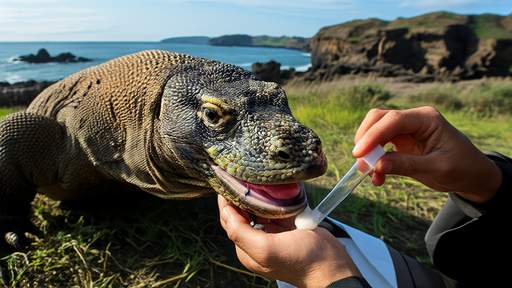
By /Jun 5, 2025
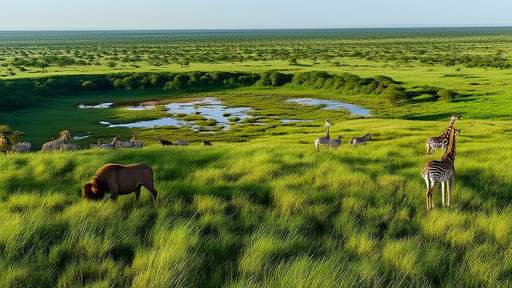
By /Jun 5, 2025
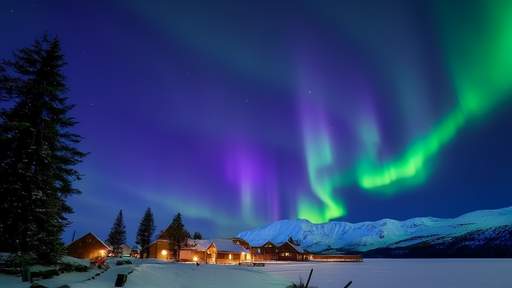
By /Jun 5, 2025
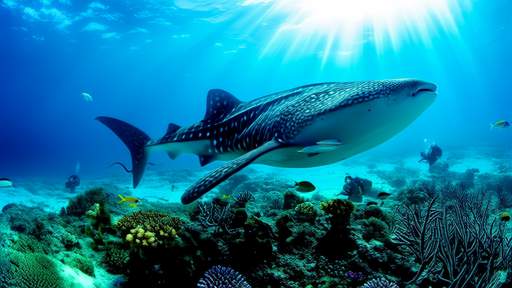
By /Jun 5, 2025
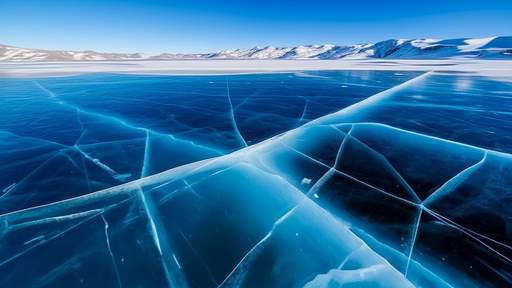
By /Jun 5, 2025
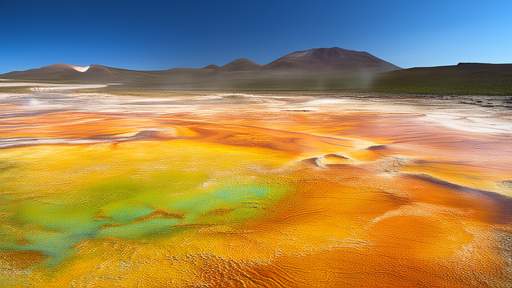
By /Jun 5, 2025
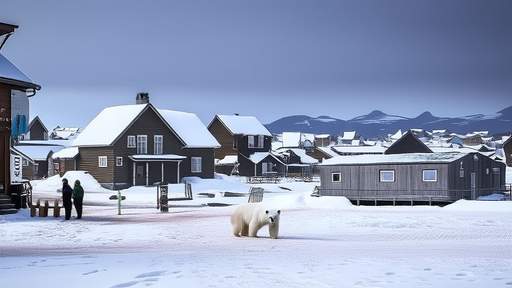
By /Jun 5, 2025

By /Jun 5, 2025
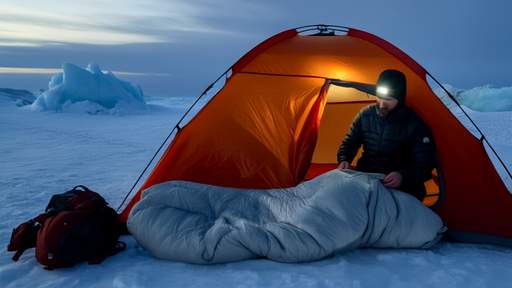
By /Jun 5, 2025

By /Jun 5, 2025
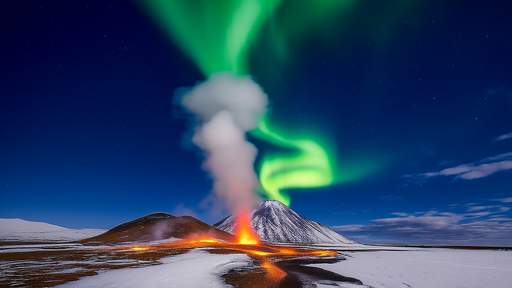
By /Jun 5, 2025
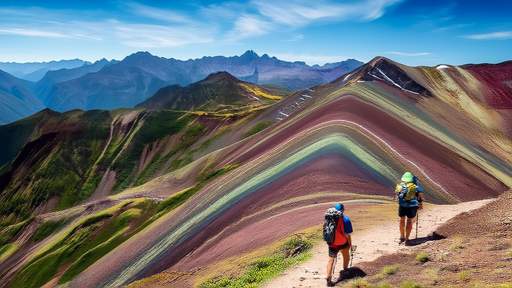
By /Jun 5, 2025
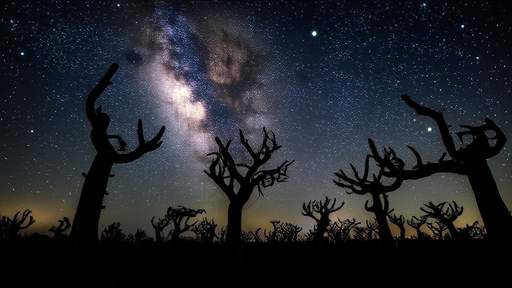
By /Jun 5, 2025
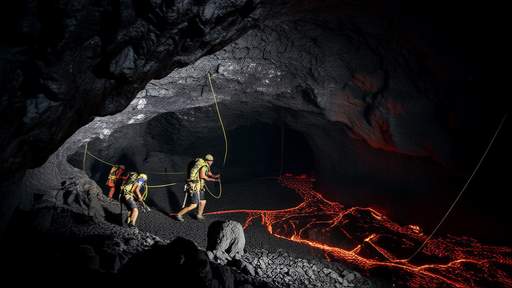
By /Jun 5, 2025
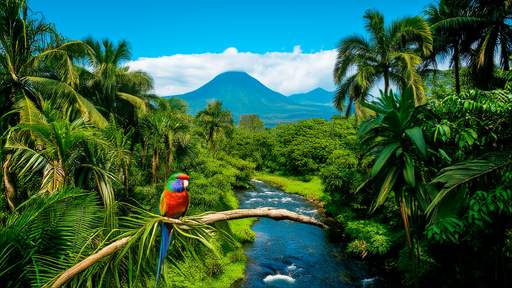
By Victoria Gonzalez/Jun 4, 2025

By Grace Cox/Jun 4, 2025
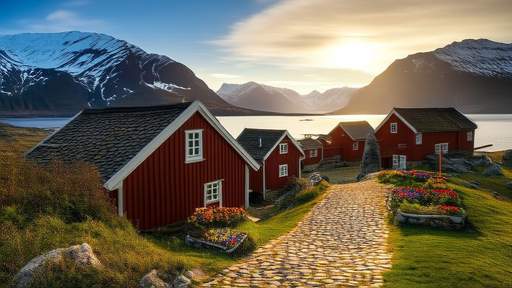
By Sophia Lewis/Jun 4, 2025

By Elizabeth Taylor/Jun 4, 2025

By Megan Clark/Jun 4, 2025

By Megan Clark/Jun 4, 2025